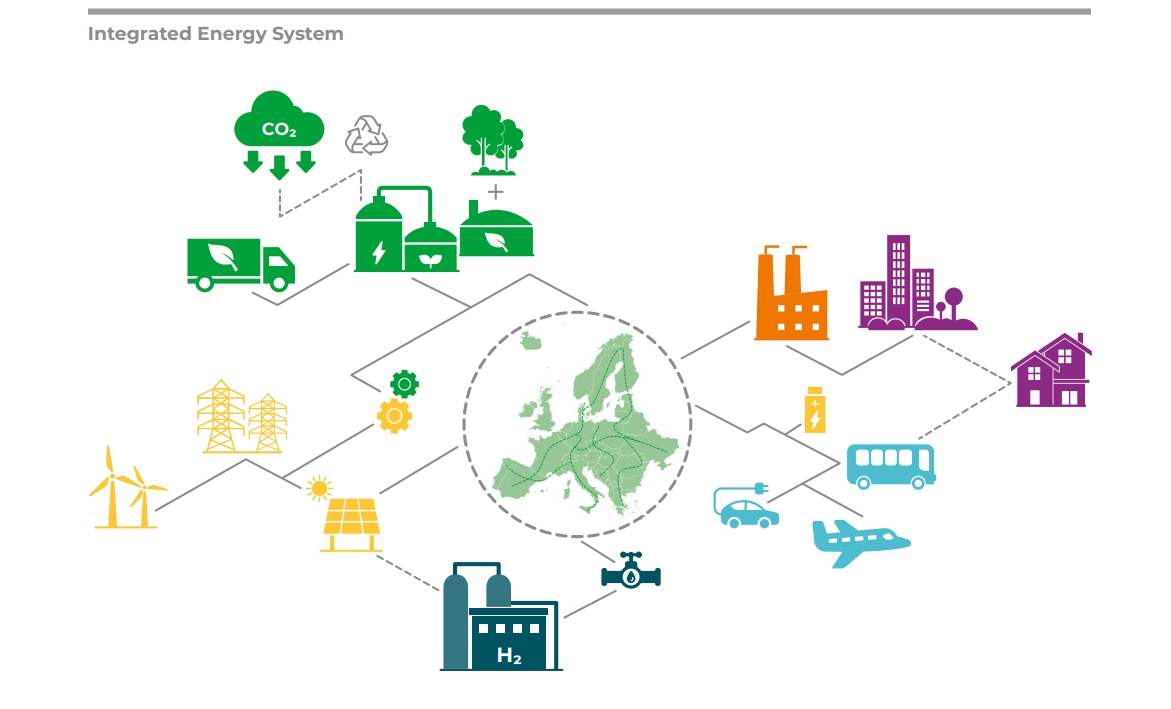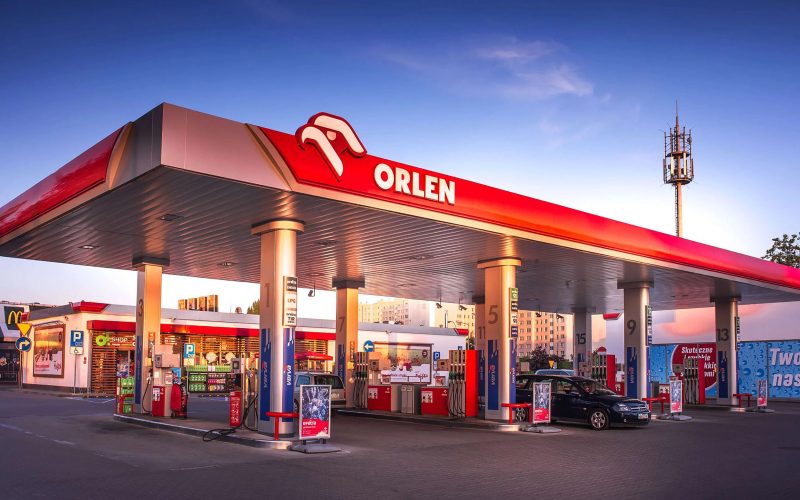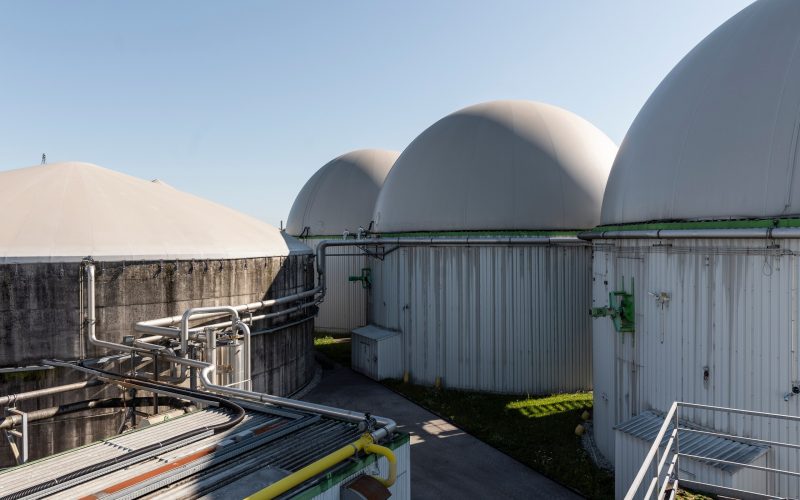Scaling up Biomethane in the EU – vision of Gas for Climate
For the SAF platform, we have prepared an analysis of the position paper of the Gas for Climate (GfC) initiative group. The document is is devoted to integration of electricity, renewable and low-carbon gases, as well as CO2 capture technologies that will be key towards a secure, affordable and sustainable energy system.

Biomethane is the most interesting if we consider bioenergy technologies. Therefore, we would like to highlight the position of this authoritative organization in more detail.
The future of the Biomethane Sector: GfC’s vision
- GfC has been emphasising the role of biomethane as a renewable and affordable gas that is compatible with the existing gas network and a key solution in diversifying away from Russian energy imports.
- The organization calls a binding target, requiring at least 11% of gas consumed in the EU in 2030 to be either biomethane or renewable hydrogen.
- GfC has also assessed biomethane feedstock potential. Calculations have confirmed that sequential cropping is crucial for achieving the production potential of 35 bcm and its further scaling up.
- Gasification technologies (pyrogasification and hydrothermal gasification) hold large production potential but will require support to further scale-up.
EU steps
- As part of REPowerEU, the EC published the Biomethane Action Plan, setting out measures to incentivize individual actions and to scale biomethane production and consumption. The plan recommends Member States to develop biomethane strategies.
- Currently, REPowerEU sets the target to replace 35 bcm of Russian natural gas with biomethane. To diversify energy imports, the EC has put a stronger focus on biomethane.
- The EC supported an update of the CEN gas quality standard to ensure cross-border flow of biomethane. e. Additionally, the EC created the Union Database for biofuels, to ensure that volumes can be.
Recommendations from GfC for the further development of the sector
- Assess, through the national energy and climate plans the Member States’ biomethane strategies to determine whether together they meet the 35 bcm 2030 target.
- Continue to work through the Biomethane Industrial Partnership (BIP) to ensure that Member States’ exchange of best practices leads to increased ambitions on biomethane production and feedstock mobilisation.
- Provide clear guidance on the definitions of intermediate cropping, and abandoned, marginal, severely degraded lands, to give certainty to the market on how to develop these feedstock streams.
- Ensure open access to infrastructure where biomethane plant operators have the right to connect and inject their production directly into the grid, thus providing secure offtake for plant operators. The EC should ensure that Member States introduce a “right to inject” policy for biomethane.
Read the full article on the SAF platform.
We remind you that UABIO is a partner of the Sustainable agribusiness platform (SAF).
SAF is a communication platform that brings together agribusiness stakeholders and aims to establish strong links between market players and introduce sustainable approaches in agriculture. For this platform, our team prepares verified professional content on the bioenergy sector.


